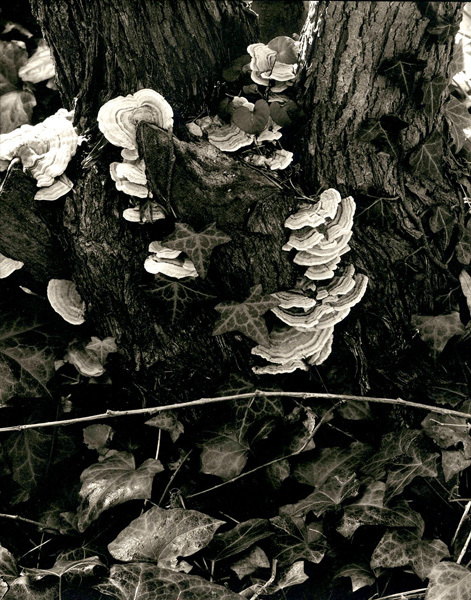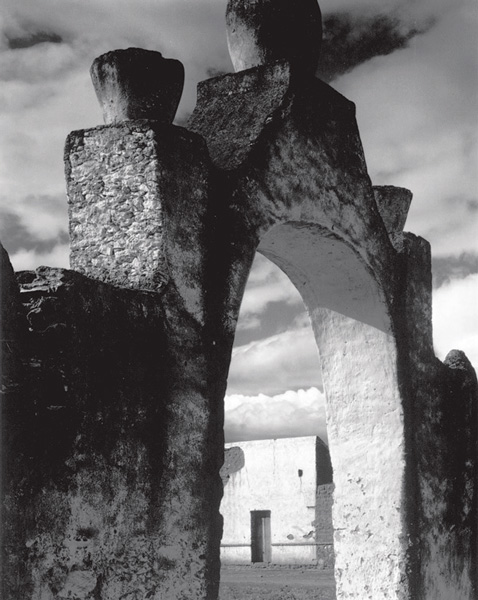Portfolio of Six Gelatin-Silver Prints
Edition of 50 and 8 Artist’s Proofs
Paper Size: 16 x 20 inches
Image Size: Varied
Text signed by Paul Strand
Prints included in this portfolio:
The Garden, Orgeval, 1964
Image Size: 9 5/8 x 7 3/4 inches
Crocus and Primroses, Orgeval, 1957
Image Size: 9 5/8 x 7 5/8 inches
Fungus, Orgeval, 1967
Image Size: 9 3/4 x 7 11/16 inches
Yellow Vine and Rock Plants, Orgeval, 1958
Image Size: 9 5/8 x 7 5/8 inches
Driveway, Orgeval, 1957
Image Size: 9 3/4 x 7 5/8 inches
The Happy Family, Orgeval, 1958
Image Size: 9 5/8 x 7 5/8 inches
Paul Strand (b. 1890, New York; d. 1976, Orgeval, France) was one of the great photographers of the twentieth century. As a youth, he studied under Lewis Hine at the Ethical Culture Fieldston School, going on to draw acclaim from such illustrious sources as Alfred Stieglitz and David Alfaro Siqueiros. After World War II, Strand traveled around the world—from New England to Ghana, France to the Outer Hebrides—to photograph, and in the process created a dynamic and significant body of work.



















